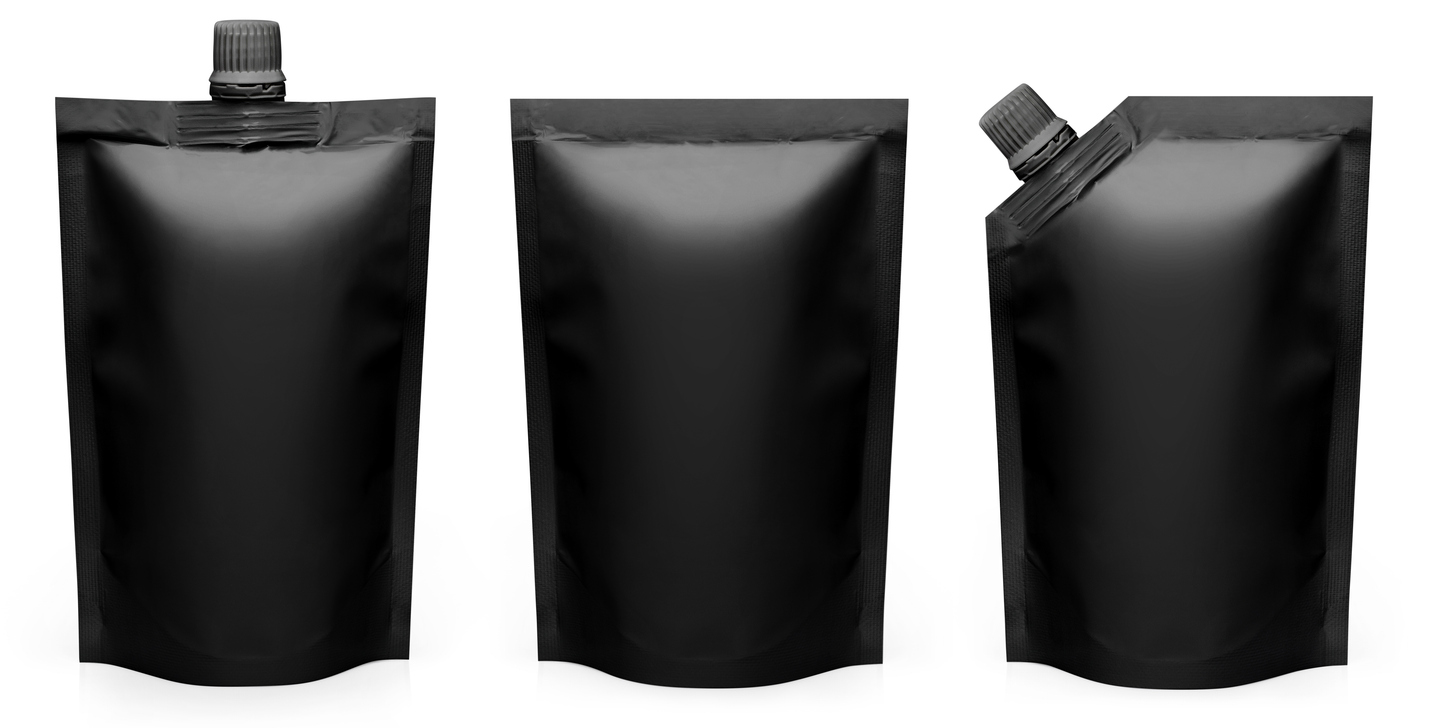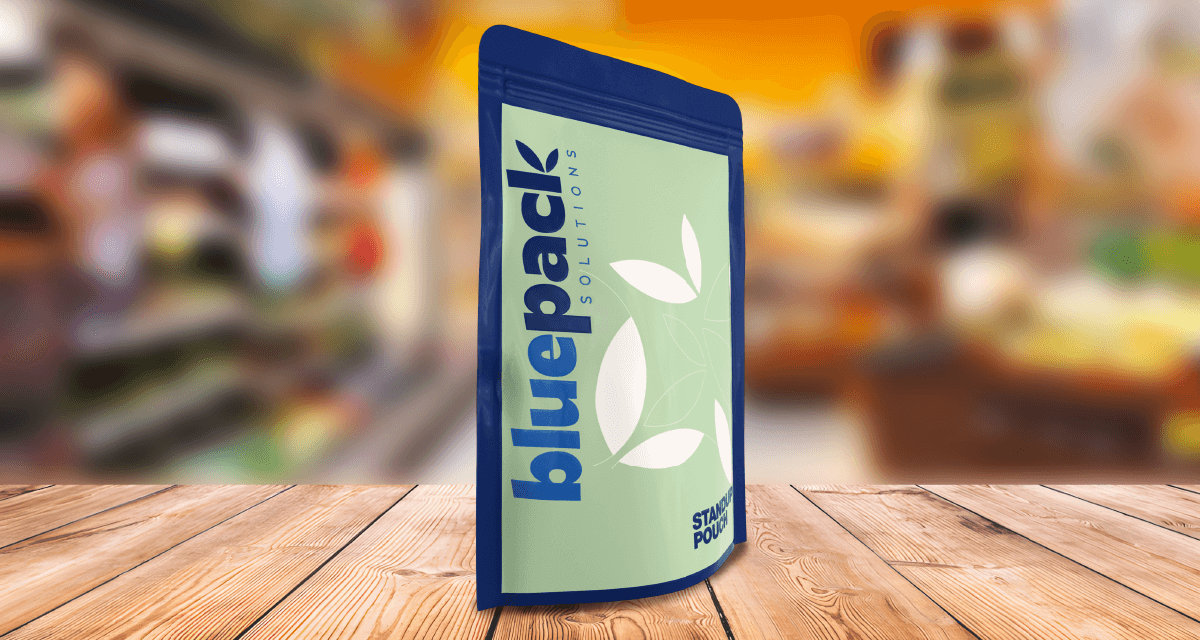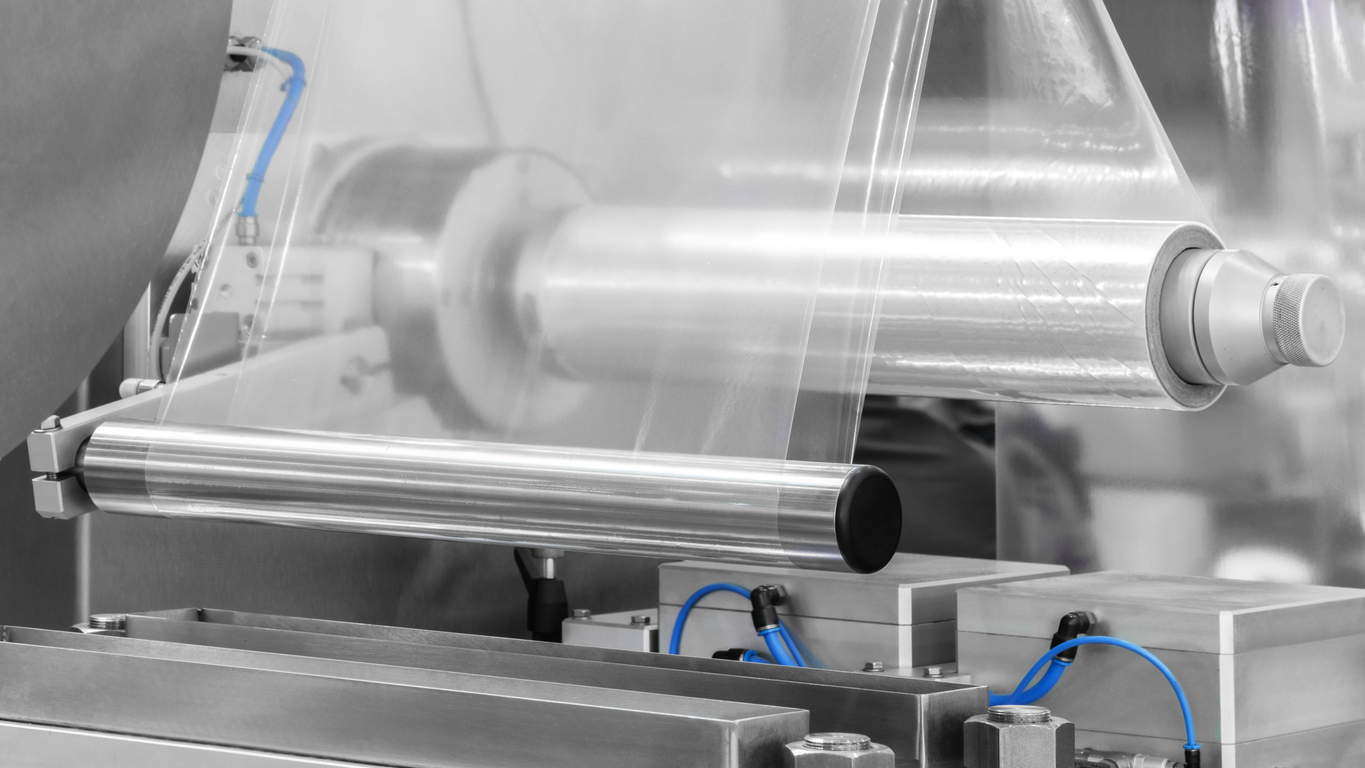Recyclable retortable pouches represent a new generation of flexible packaging…

Flexible Packaging for Petrochemical Products: Key Features and Trends.
Flexible packaging has emerged as a practical and high-performance solution in the petrochemical industry, offering advantages in protection, efficiency, and sustainability. Below, we explore its key characteristics, benefits, and current challenges.
Key Features of Flexible Packaging for Petrochemicals
🧪 High-Resistance Materials
- Multilayer laminates (PET, aluminum, nylon, PE) provide mechanical strength, chemical barrier, and thermal stability.
- Protection against external agents such as moisture, oxygen, UV rays, and chemical contaminants.
🧬 Chemical Compatibility
- Made with materials that do not react with the contents, preventing chemical migration that could compromise product quality or user safety.
🔒 Hermetic Sealing
- Utilizes advanced sealing technologies like ultrasonic, heat, or cold sealing to prevent leaks—crucial for liquid or viscous products.
💡 Portability and Ergonomics
- Designed for ease of use, including valved pouches, spouts, and zippers—ideal for consumer-friendly formats.
🎨 Aesthetic Appeal and Communication
- High-quality printable surfaces enable the inclusion of vivid graphics, technical information, and safety warnings.
Advantages of Flexible Packaging in This Sector
🚛 Lightweight and Cost-Effective
- Weighs less than rigid containers, lowering transport and storage costs.
🌱 Sustainability
- Use of recyclable materials and design strategies that reduce plastic consumption—helping brands comply with environmental regulations.
✅ Functionality and Ease of Use
- Formats like stand-up pouches with dispensing valves enable clean, controlled use—especially for lubricants and chemical additives.
📦 Versatility in Sizes
- Available in a wide range of sizes, from small portions for end users to industrial-scale packaging.
🛡️ Extended Product Shelf Life
- High-barrier properties preserve content quality longer, reducing oxidation and contamination risks.
Challenges in Flexible Packaging for Petrochemicals
⚠️ Regulations and Certifications
- Must meet strict standards for chemical contact and international labeling requirements.
🔄 Material-Product Compatibility
- Avoid chemical interactions between the packaging layers and highly reactive contents.
🌡️ Resistance to Harsh Conditions
- Ensure packaging integrity under extreme temperatures, internal pressure, or distribution impact.
♻️ Limited Recyclability
- Despite advances, multilayer laminates still face challenges in standard recycling systems.
Trends in Flexible Packaging for the Petrochemical Industry
♻️ Advanced Monomaterials
- Development of recyclable single-material structures with barrier performance and sustainability in mind.
📲 Smart Packaging Designs
- Integration of UV exposure indicators, leak sensors, and other intelligent features.
🎯 Precision Dosing Systems
- Use of valves and spouts for efficient, mess-free application—minimizing waste and contamination.
🛍️ Customization at Point of Sale
- Designs tailored to local preferences and market-specific requirements, enhancing user experience.
🌍 Environmental Transparency
- Labels that communicate the environmental impact of the packaging and product, improving consumer trust and perception.
Conclusion: A Strategic Packaging Choice
Flexible packaging is transforming how petrochemical products are stored, distributed, and used—offering a blend of functionality, sustainability, and innovation. As technology evolves, it’s becoming a strategic asset for companies that prioritize efficiency and environmental responsibility.
💡 Want to explore flexible packaging solutions for your industrial products?
Contact Blue Pack Solutions – Smarter Packaging, Sustainable Solutions.



